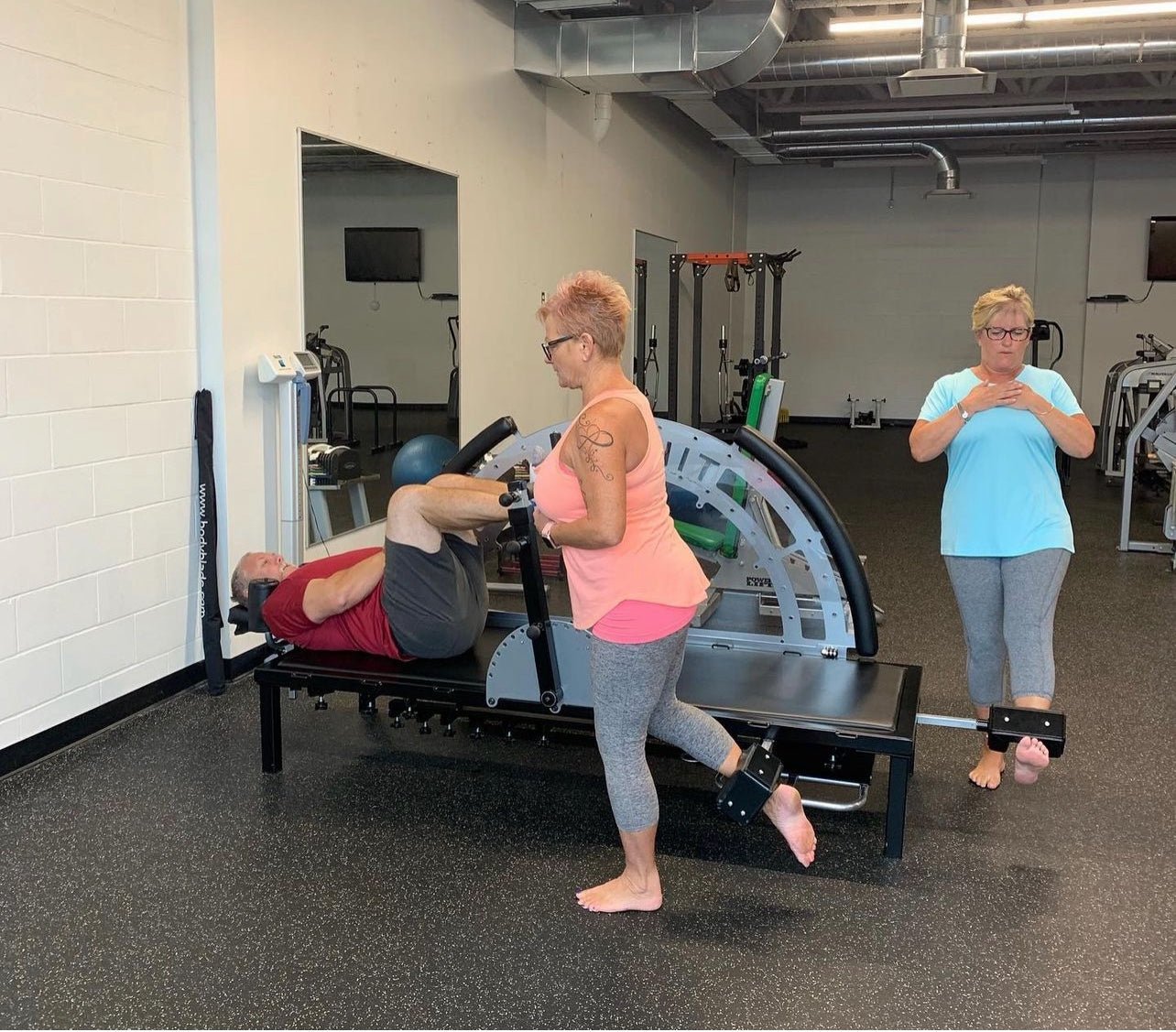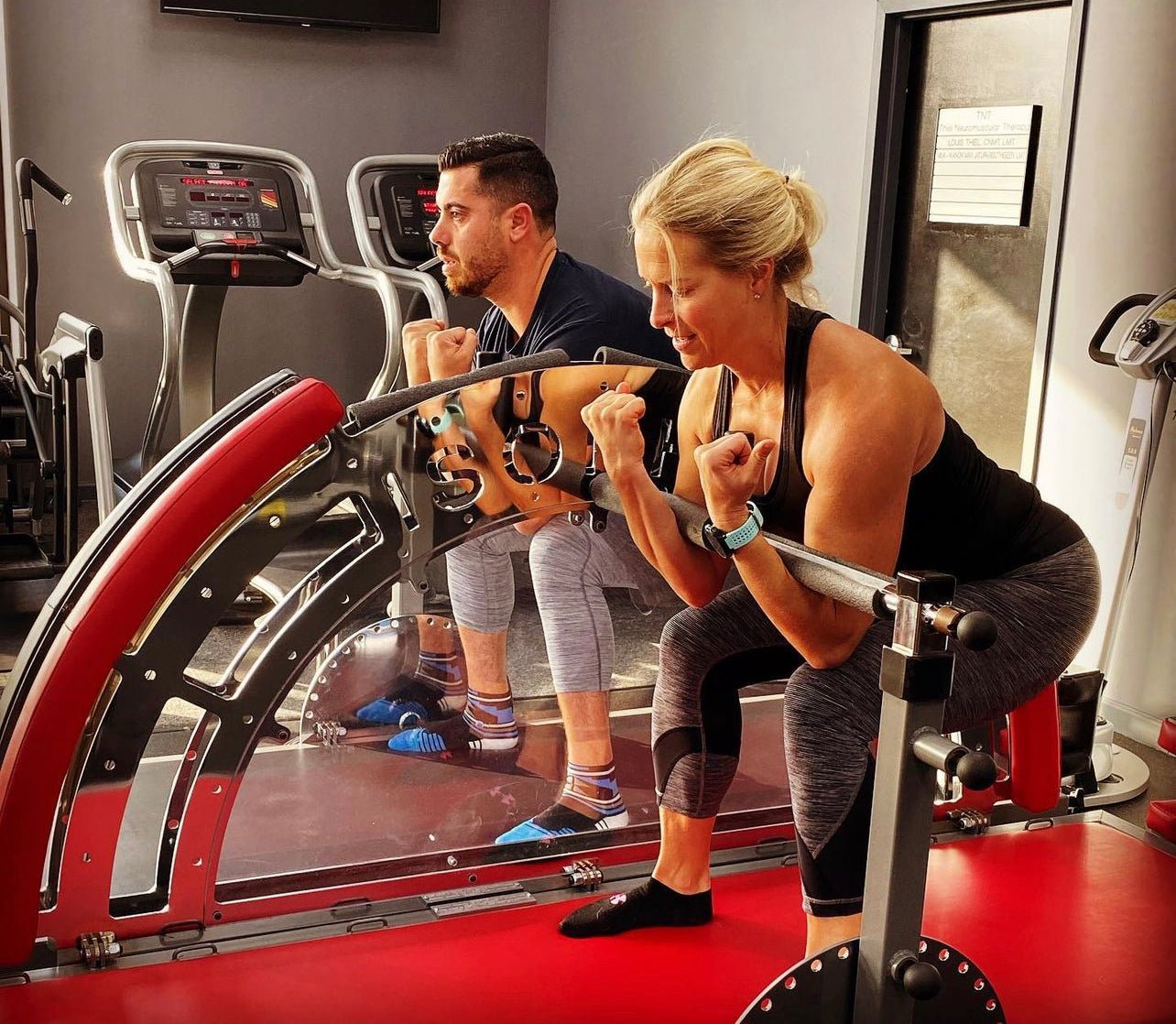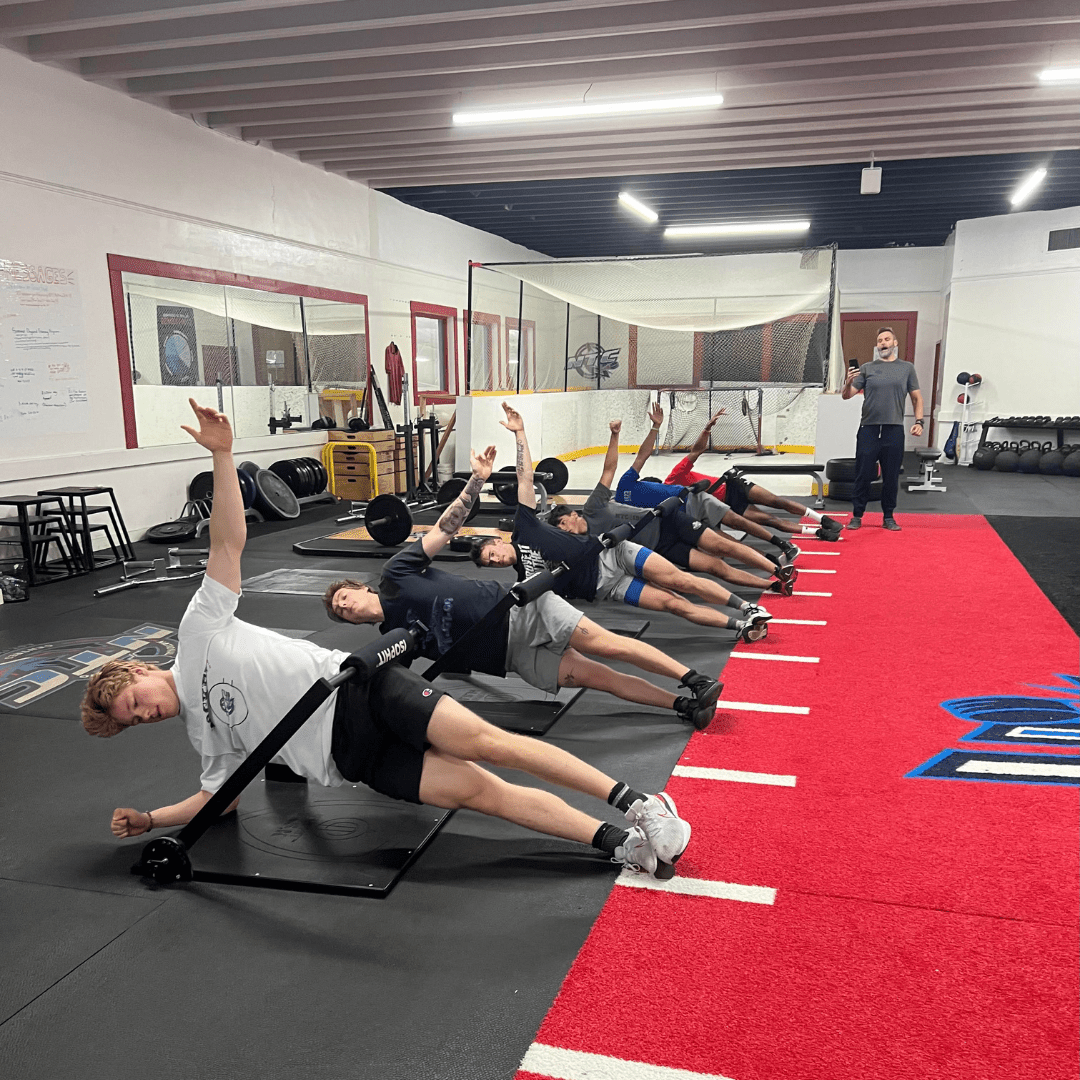Did you know that poor isometric muscle force can have detrimental effects on the musculoskeletal system, leading to tendon slack, joint instability, and an increased risk of osteoporosis and hip fractures?
Let's explore each of these consequences in more detail:
Tendon Slack: Isometric muscle contractions help maintain muscle tone and provide stability to the joints. When the muscles surrounding a joint are weak and do not generate sufficient force, the tendons connecting those muscles to the bones can become slack or loose.
Tendons play a critical role in transmitting the force generated by the muscles to the bones, allowing movement and maintaining joint stability. If the muscles are weak, they may not adequately tension the tendons, leading to slackness. Tendon slack can result in decreased joint stability, compromised movement control, and potential injury risk, as the tendons may not provide the necessary support during physical activities. This can be particularly concerning for the hip joint, as tendon slack can contribute to hip instability and increase the likelihood of hip fractures.
- Joint Instability: Isometric muscle contractions help stabilize joints by providing dynamic support and preventing excessive joint movement. When the muscles around a joint are weak, they cannot effectively counteract external forces and maintain joint stability.
For example, consider the muscles surrounding the knee joint. The quadriceps muscles at the front of the thigh and the hamstrings at the back play a crucial role in stabilizing the knee. If these muscles are weak, they may fail to adequately stabilize the joint, leading to joint instability. This instability can increase the risk of falls, accidents, and further injuries to the joint and surrounding structures. Similarly, weak muscles around the hip joint can contribute to hip instability, which in turn increases the vulnerability to hip fractures.
- Increased Risk of Osteoporosis: Regular weight-bearing exercises, including isometric muscle contractions, are essential for maintaining bone health and preventing osteoporosis. During isometric strength exercises, muscles pull on the bones, exerting mechanical stress that stimulates bone remodeling and strengthens the bone structure.
When isometric muscle force is poor or insufficient, the mechanical stress on the bones is reduced. This decreased stress fails to provide the necessary stimulus for bone remodeling and maintenance of bone density. Over time, this can lead to a decrease in bone mineral density, making the bones weaker and more susceptible to fractures. Osteoporosis, a condition characterized by low bone mass and increased bone fragility, becomes a significant concern for individuals with poor isometric muscle force. Hip fractures are a common consequence of osteoporosis, as weakened bones in the hip region are more prone to breaking during a fall or other trauma.
Therefore, poor isometric muscle force can result in tendon slack, joint instability, and an increased risk of osteoporosis and hip fractures. It is crucial to engage in regular isometric strength training exercises to maintain healthy muscles, tendons, joints, and bones, and reduce the risk of musculoskeletal issues, including hip fractures. Isophit strength training is the perfect method of exercise to combat poor isometric strength and its related consequences.
Huge thank you to Isophit family member Heather Garrigus for all the love and support over the years. 💪😃❤️
If you have any questions, email me at brad@isophit.com.
Yours in Isometric Strength,
Brad Thorpe
CEO / Inventor
Isophit










Share:
Rebuilding Physical Confidence: Natalie Minh's Journey with Isophit
Improve Player Performance and Reduce Injury Risk with Isophit.